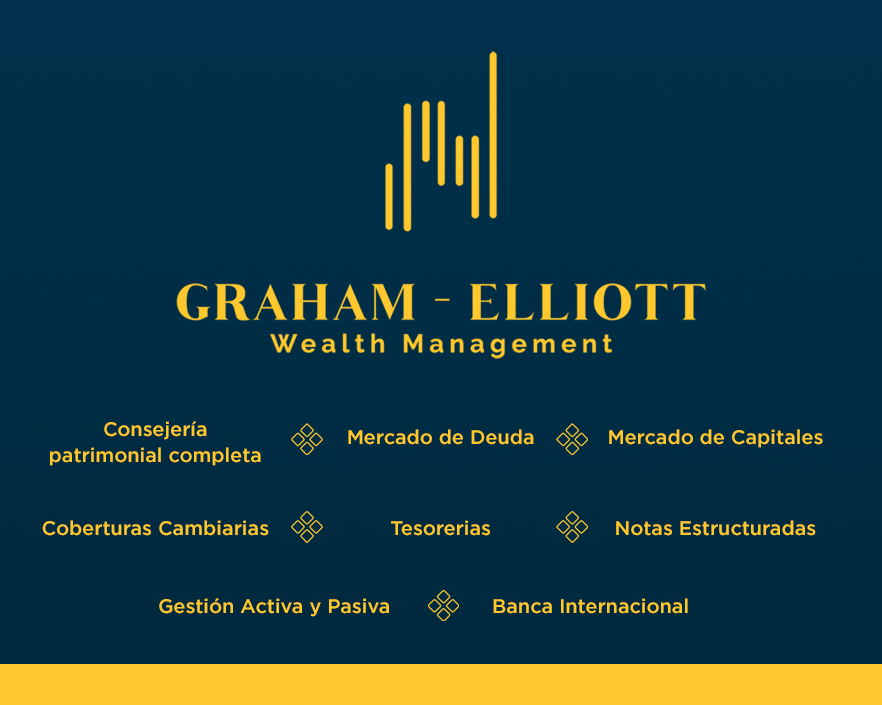
Ratios like the current ratio are used to identify how leveraged a company is based on its current resources and current obligations. In this way, the balance sheet shows how the resources controlled by the business (assets) are financed by debt (liabilities) or shareholder investments (equity). Investors and creditors generally look at the statement of financial position for insight as to how efficiently a company can use its resources and how effectively it can finance them. A high ratio of current assets to current liabilities indicates that a company is in a strong financial position, while a low ratio may signal potential liquidity issues. Investors and stakeholders need to analyze these figures to make informed decisions.
Categorize Your Liabilities as Current or Non-current
Here are 8 steps for preparing an effective balance sheet for your business. This comprehensive guide is designed to explain the process of crafting a balance sheet, making it accessible to anyone, regardless of their prior financial knowledge. A transaction that is off by a single keystroke is common, and is generally identifiable. A balance sheet is a financial document that you should work on calculating regularly. If there are discrepancies, that means you’re missing important information for putting together the balance sheet. While how to make a balance sheet these mistakes might seem daunting, modern tools have made it easier than ever to maintain accuracy in financial reporting.
Download The Complete Guide to 401(K) Business Financing: ROBS
Before diving into the details of creating a balance sheet, it’s important to get familiar with the basics of Excel. If you’ve dabbled with Excel before, you might know that it’s much more than just a grid of cells. Excel is a powerful tool for organizing data, performing QuickBooks calculations, and visualizing information in a meaningful way. The Smartsheet platform makes it easy to plan, capture, manage, and report on work from anywhere, helping your team be more effective and get more done.
How to Make a Balance Sheet: 5 Steps for Beginners
Before getting a business loan or meeting with potential investors, a company has to provide an up-to-date balance sheet. A potential investor or loan provider wants to see that the company is able to keep payments on time. The combination of structured documentation and visual reporting helps transform your balance sheet from a static document into a dynamic financial management tool. This makes understanding your financial position and making informed business decisions easier. ClickUp’s Formula Fields can automate equity calculations by subtracting total liabilities from total assets.
- The best way to make your balance sheet reconciliation process as effortless as possible is to prevent errors before they happen.
- List your liabilities, which are any repayments to the company, such as the due date for loan repayments, etc.
- You’ll have to go back through the trial balance and T-accounts to find the error.
- Income or profit and loss (P&L) statements record revenue and expenses to show total profitability.
- As you can see, it starts with current assets, then the noncurrent, and the total of both.

Investors and lenders view a well-maintained balance sheet as a sign of financial discipline and transparency. If even a single penny is out of place, it signals an error that requires immediate investigation. This precision makes each number a critical piece of the financial puzzle, offering insights beyond simple number-crunching. Assets are the valuable resources a company controls, representing potential economic value.

The report is used by business owners, investors, creditors and shareholders. If your company is financially healthy, it will have robust assets and shareholder equity versus any liabilities. But if your company struggles financially, you’ll see the signs early in your balance sheet. Liabilities will either be close to assets or may even start to be larger than assets if your business is struggling. Preparing a balance sheet and keeping records of your financial records are necessary for any business. A Balance sheet basically tracks all the assets and liabilities of the company and also provides the current financial state of the company.


Net income is the total revenue earned by the company minus all expenses, taxes, and interest for the current accounting period. Comparative balance sheets offer a Airbnb Accounting and Bookkeeping side-by-side comparison of an entity’s financial position at different periods. This way, it helps evaluate changes in liquidity levels and identify trends over extended periods. Due to its simplicity and clarity, many accounting software utilize this balance sheet format. The vertical balance sheet presents information in a single column, starting with asset line items, followed by liabilities, and concluding with shareholders’ equity. As part of the financial planning process, the balance sheet shows the monthly balance of cash and cash equivalents on hand, as well as other assets and liabilities.

How to Conduct a Competitor Analysis (+Template)
- The classified balance sheet aggregates assets, liabilities, and shareholders’ equity into subcategories, enhancing readability.
- They do this by subtracting all of a company’s liabilities and shareholder equity from its assets.
- Cash and accounts receivable are readily available, while property and equipment take time to convert into cash.
- To simplify bookkeeping, she created lots of easy-to-use Excel bookkeeping templates.
- This means that the report date is the last day of the quarterly period.
If it’s publicly held, this calculation may become more complicated depending on the various types of stock issued. It’s not uncommon for a balance sheet to take a few weeks to prepare after the reporting period has ended. Balance sheet accounts are reconciled more frequently because they’re considered permanent (or continuous) accounts, meaning they carry balances over from one accounting period to the next. That means any errors that crop up will be carried over as well, making reconciliation even more important. Gather the necessary account and financial information If you’re using a Financial Performance Platform like Prophix One, you’ll already have the data you need at your fingertips.




